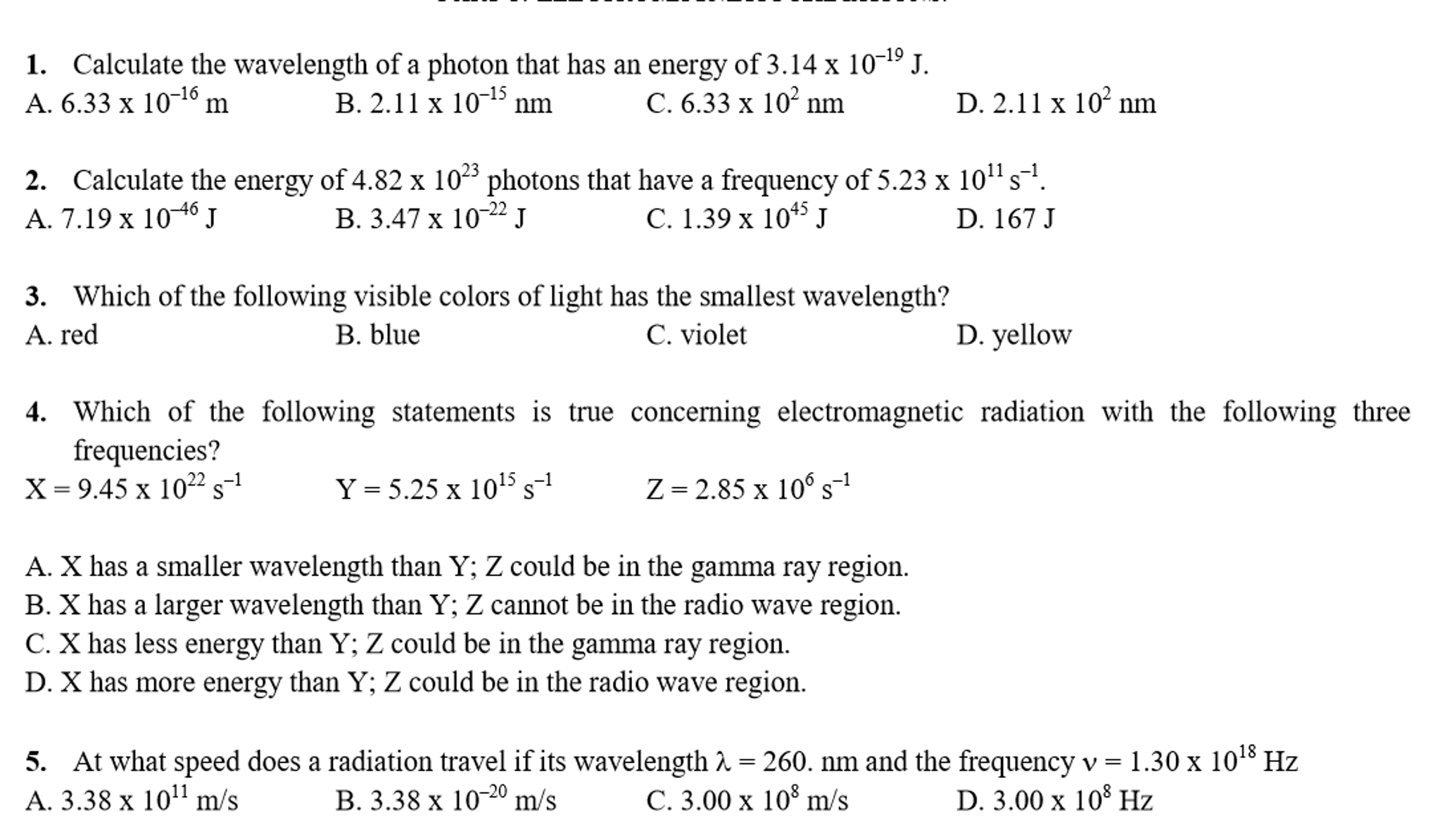GE CLST 70A Lecture Notes - Lecture 5: Continuous Spectrum, Incandescent Light Bulb, Rutherford Model
Document Summary
Beyond blue is the ultraviolet, x-ray and gamma ways. Sensors go off combining signals together to create new colors. Radio waves are so long they can reach into tunnels and through walls. For gamma rays, they are so small they can be treated like bb particles traveling in straight lines. Light of any wavelength is given off and absorbed in packets called photons. Each photon has an amount of energy proportional to its frequency. Light is emitted whenever a charged particle accelerates- changes energy state. If you change the frequency you change the amount of energy. For a bright object, a large number of photons at many wavelengths are giving off each second. Hot, diffuse gas does not emit full spectrums. Each type of atom has a unique fingerprint of color. Late 1800"s it was realized that all matter around us was made of about 100 different atoms. Each type has a unique mass and chemical properties.


